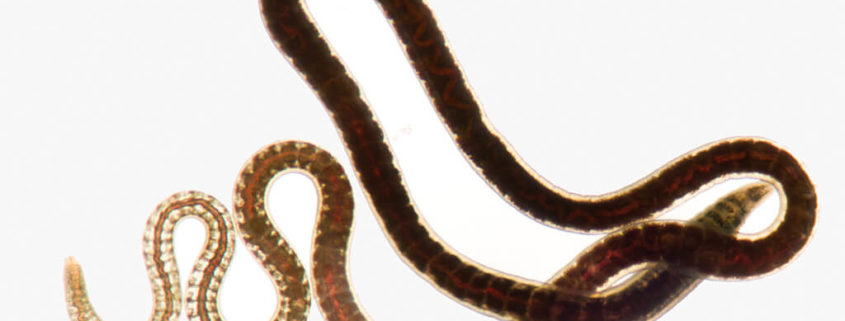Sediment contact tests as tool for the assessment of sediment quality in rivers and lakes (SeKT)
In current bioassay approaches for assessing sediment toxicity, whole organisms or in vitro systems are exposed to various sediment fractions (e.g. whole sediment, pore water, extracts) considering different exposure scenarios. Whole-sediment exposure protocols represent the most realistic scenario. However, until now the interpretation of sediment contact test results is associated with uncertainties due to the complexity of sediments as test matrix. The aim of the SeKT project was to compare recently developed freshwater sediment tests by addressing reference conditions, control sediments and toxicity thresholds for these test systems. After finding suitable natural and artificial control sediments for the various test systems, these sediments were spiked with two mixtures of pollutants (heavy metals/organic substances). The toxicity of these sediments was assessed with a test battery using bacteria, fungi, nematodes, oligochaetes, fish, and higher plants as test organisms. Sensitivity, bioavailability and uptake routes were discussed, and the various concentration-response-curves obtained for the different mixtures, sediments and test systems are compared. At ECT, sediment tests with the endobenthic oligochaete Lumbriculus variegatus were performed.



